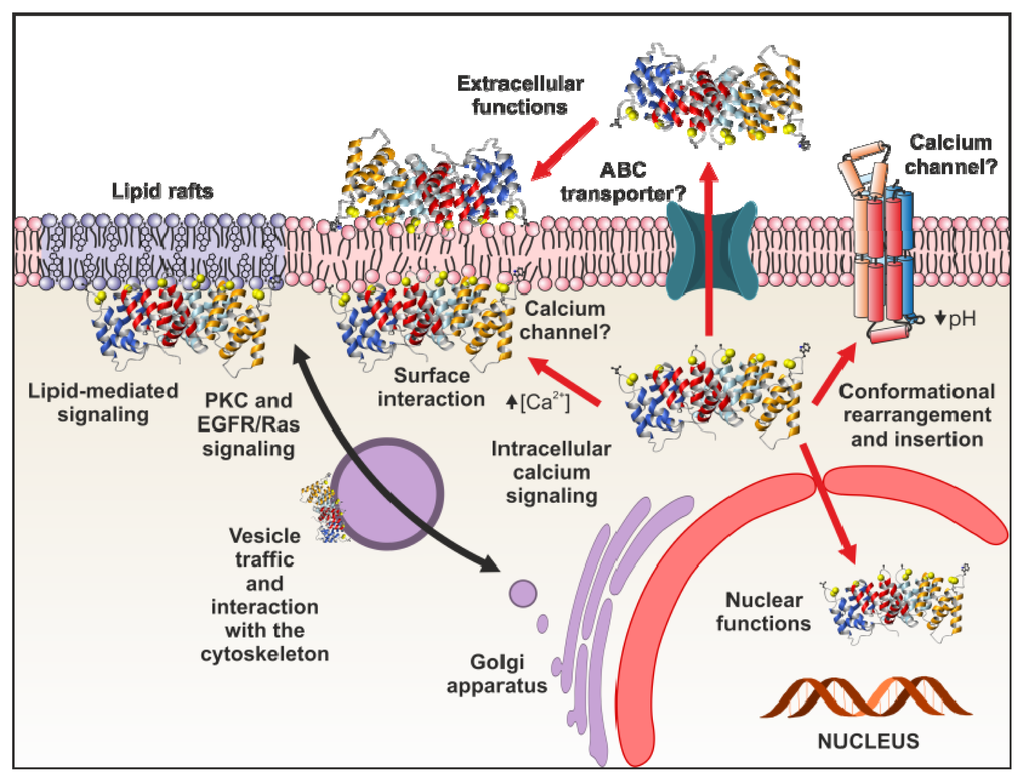Reference




Moonshot's Answer
Annexin A13 is considered the founder gene of vertebrate annexins due to several evolutionary and genetic factors. It is believed to be the original progenitor of the 12-member vertebrate annexin family, which are calcium/phospholipid-binding proteins with diverse functions [1][2]. The structure and function of annexin A13 have been conserved throughout evolution, and it has acquired an intestine-specific function that sets it apart from other annexins [3]. Comparative genetics and evolutionary studies have shown that annexin A13 is the only member of the annexin family that is likely to have direct common orthologs in all vertebrates, suggesting its ancient origin [4]. The gene structure and conserved charged amino acids in annexin A13 also resemble those found in more primitive organisms, indicating its foundational role in the evolution of the annexin family [5]. In summary, annexin A13's ancient origin, conservation across species, and unique gene structure make it the founder gene of the vertebrate annexin family [1][2][3][4][5].
Follow Up
Related
How does Annexin A13 contribute to signal transduction pathways?
How is Annexin A13 expression different in humans compared to mice?
Which cellular components are associated with Annexin A13 localization?
What role does Annexin A13 play in cellular growth regulation?
What is the significance of annexin A13 in human intestinal epithelial cell growth?